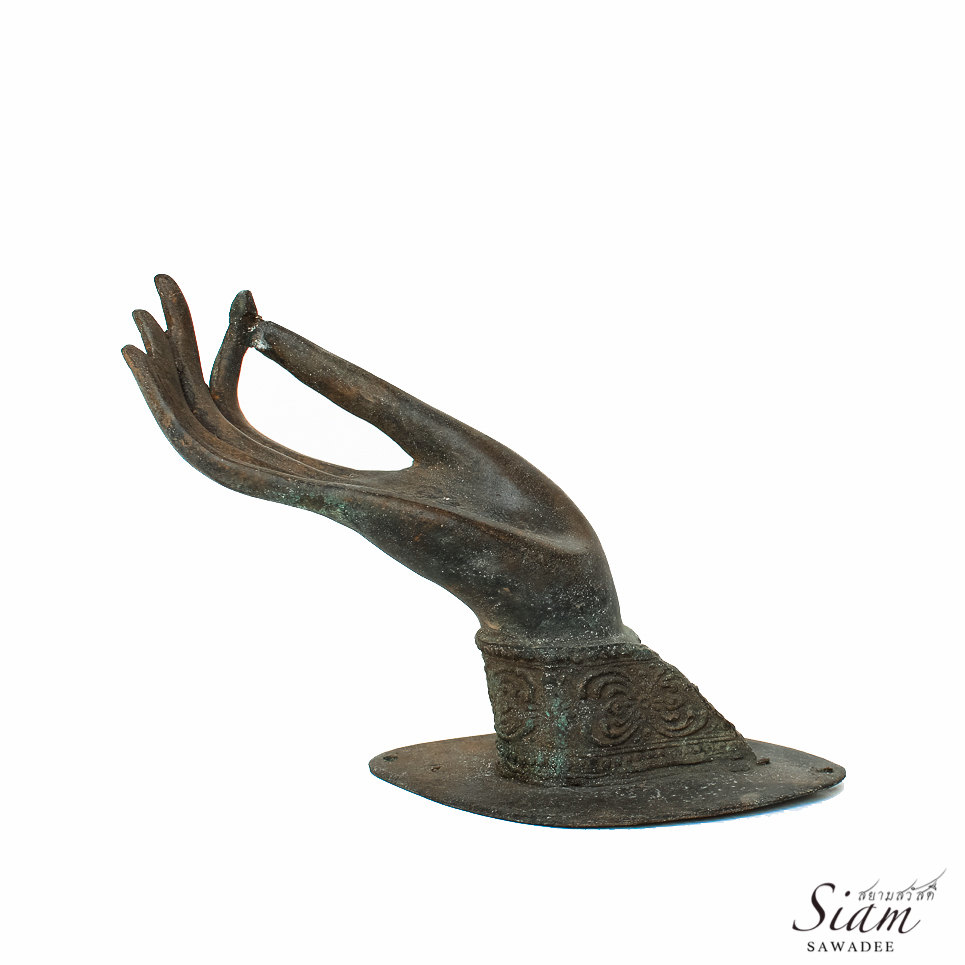

The hand is raised displaying the back of the palm. “Hello guys 👋” 🤚 Raised Back Of Hand Emoji

It may also have a sarcastic meaning of forcing someone to leave you and go. The movement is meant to indicate waving of the hand, thus its meant to illustrate farewell or greetings.

The color of the hand varies, but the common one is yellow. Formed by placing the palms together at the level of the heart, with the fingertips pointed upward.This is the right hand opened with waves of vibration on two sides of the hands, indicating movement. The universal greeting and gesture of respect throughout the Buddhist world. Photographs of Lama Pema Wangdak by Sally Boon. Other interpretations suggest wisdom hidden by the world of appearances or in Tantric practices, the sexual union of a deity and his consort. Some sources refer to it as “the mudra of the six elements”: the five elements-earth, water, air, fire, and ether-all surrounding and protecting man. It is subject to a variety of interpretations. The right forefinger is grasped in the fist of the left hand. Nikko and Gakko (Sun and Moon) Bodhisattvas, 8th century, Japanese. Pointed downward, the palm of the right hand faces out. Attributed to the Buddha immediately following his enlightenment, the Abhaya is usually intended as a gesture of reassurance. The right hand, held at shoulder level, is pointed upward with the palm facing out. When the Buddha attained enlightenment, he reportedly used this gesture to summon the earth to bear witness to his victory over the seductive forces of illusion.ĭainichi Nyorai (Buddha of Eternal Radiance), 1149 C.E., Japanese. The right hand rests palm down on the right knee with the fingers pointing toward the earth. With the earth-touching mudra, the left hand rests in the lap with the palm facing upward. The hands are held on a level with the heart.Īmitabha, 9th century, Candi Borobudur, Central Java. The left hand faces inward, the right hand, out. The thumbs and forefingers of each hand form circles that touch one another. Mudra of turning the Wheel of the Teaching. Shakyamuni Buddha, 10th century, Japanese. The thumb and forefinger form a circle, symbolizing the “Wheel of the Teaching.” Pointing downward, the left hand faces outward or lies palm up in the lap. Held at chest level, the right hand faces outward. Amitabha, 9th century, Candi Borobudur, Central Java. Tsong-kha-pa (detail), contemporary fresco, Drepung Monastery, Lhasa, Tibet. Thus the mudra as a whole suggests the supremacy of the enlightened mind. The top hand symbolizes enlightenment the bottom hand, the world of appearances. With the mudra of meditation, the back of the right hand rests on the upturned palm of the other with the tips of the thumbs lightly touching. The names are given in the original Sanskrit.Īmida Buddha, Kamakura, Japan. In the Zen school of Mahayana Buddhism, which is relatively bare of esoteric rituals, two important positions, the dhyani, or meditation mudra (formed with the hands held in an oval), and the anjali, or greeting mudra (palms held together at chest level), nevertheless remain important elements of daily practice.Įvery mudra has both an outer/symbolic and an inner/experiential function, for it communicates at once, both to the person who performs them and to the observer, aspects of the enlightened mind. In the Vajrayana school, mudras assume an esoteric significance and are usually combined with mantra(recitation) and tantric visualization. The most notable mudras (Sanskrit, “seal” or “sign”) are those commonly found in representations of the Buddha: hands folded in the lap signify meditation a palm held up facing outward signifies the act of teaching or reassurance an open palm pointed downward signifies generosity. Mudra or Mudras are hand positions often depicted in Buddhist art and used in practice to evoke a particular state of mind.


 0 kommentar(er)
0 kommentar(er)
